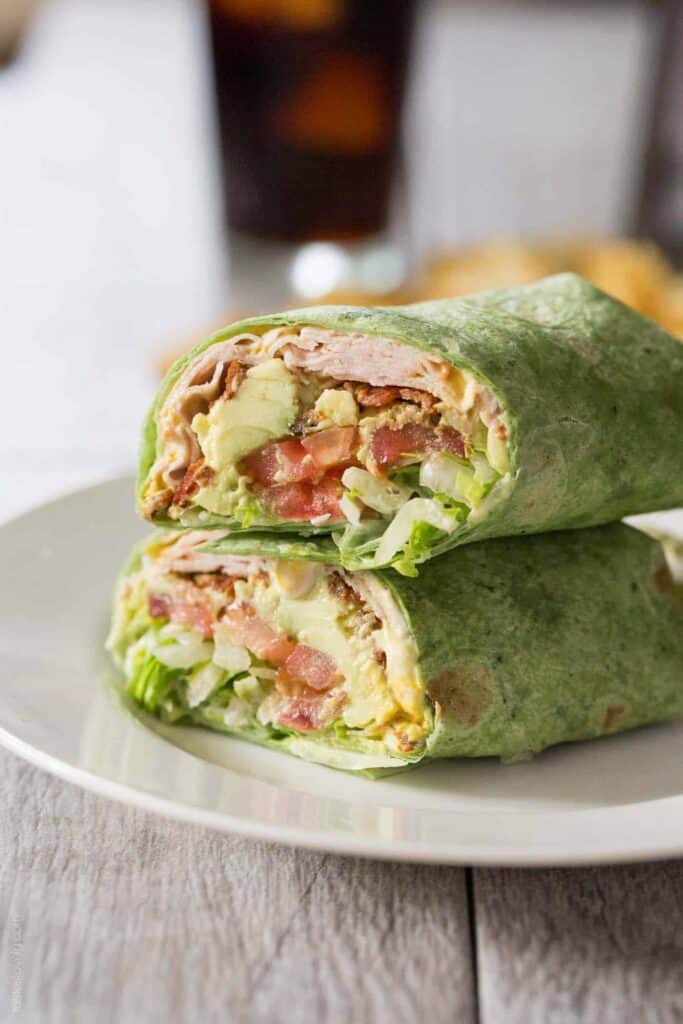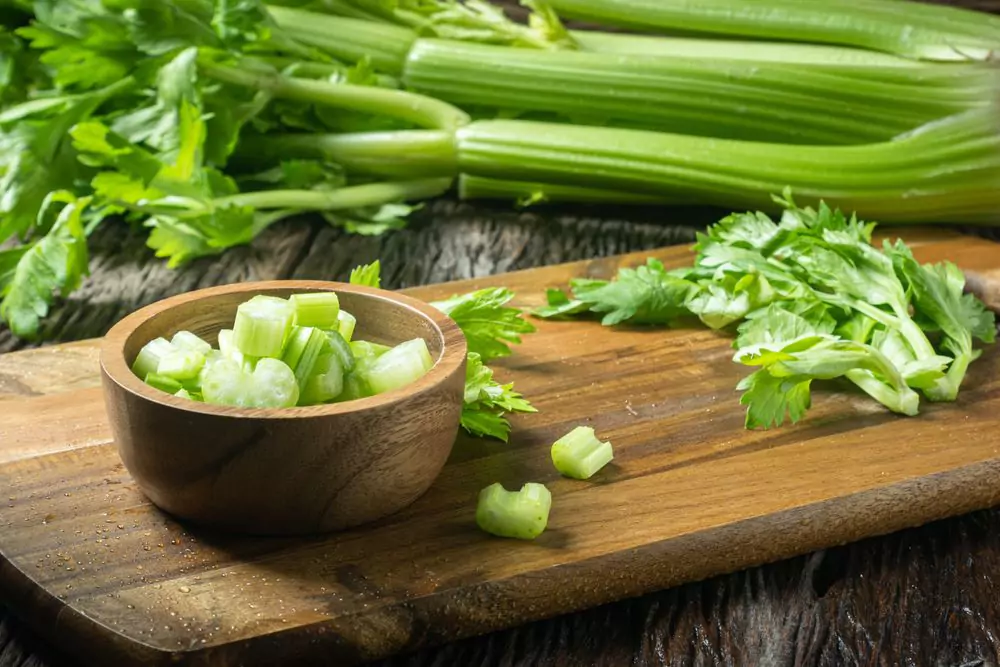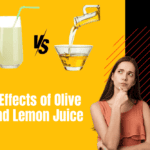As someone who has struggled with digestive issues for years, I understand the frustration of trying to find suitable foods that won’t exacerbate symptoms. One common concern for individuals with sensitive stomachs is ‘’ Is celery low FODMAP?’’
The problem lies in the fact that many high-FODMAP foods can trigger discomfort and bloating, making it essential to identify low-FODMAP alternatives. In this blog post, I aim to address this issue by exploring the FODMAP content of celery and providing insights into its suitability for those following a low-FODMAP diet.
What Are Fodmaps?
Before you know whether celery is low FODMAP or not, it is essential to understand what FODMAPs are. FODMAPs, which stands for Fermentable Oligosaccharides, Disaccharides, Monosaccharides And Polyols, are a group of short-chain carbohydrates that can cause digestive issues in some individuals.
FODMAPs are found in a variety of foods, including fruits, vegetables, dairy products, and grains. They are not easily absorbed by the small intestine and can draw water into the gut, leading to bloating, gas, and other uncomfortable symptoms in people with sensitive digestive systems. This is particularly common in those with Irritable Bowel Syndrome (IBS), a chronic condition that affects the digestive system.
Why Are Low Fodmap Diets Important?
Have you ever wondered why low FODMAP diets are important? As someone who has struggled with digestive issues, I have found that following a low FODMAP diet has been crucial for managing my symptoms.
Here are five reasons why low FODMAP diets are important:
Alleviating Digestive Symptoms
Following a low FODMAP diet can help alleviate symptoms such as bloating, gas, abdominal pain, and diarrhea, which are common in individuals with irritable bowel syndrome (IBS) or other gastrointestinal disorders. Personally, I have experienced significant relief from these symptoms by adhering to a low FODMAP diet.
Identifying Trigger Foods
By following a low FODMAP diet, I have been able to identify specific foods that trigger my digestive symptoms. This has allowed me to make informed choices about what I eat and avoid discomfort and distress associated with consuming high FODMAP foods.
Improving Quality of Life
The improvement in my digestive symptoms and the ability to identify trigger foods has significantly enhanced my quality of life. I no longer have to worry about experiencing sudden and severe digestive discomfort, allowing me to engage in daily activities without disruption.
Supporting Gut Health
Low FODMAP diets can support gut health by reducing the fermentation of poorly absorbed carbohydrates in the gut, which can contribute to symptoms such as bloating and gas. By maintaining a healthier gut environment, individuals may experience improved overall well-being.
Customizing Nutritional Needs
Following a low FODMAP diet does not mean sacrificing essential nutrients. It is possible to customize the diet to ensure adequate intake of essential vitamins, minerals, and other nutrients while avoiding high FODMAP foods that trigger symptoms.
Is Celery High Fodmap Or Low Fodmap?
Now that you know why low FODMAP diets are important, know that Celery is considered a low FODMAP food, which means it is generally well-tolerated by individuals with irritable bowel syndrome (IBS) or other digestive sensitivities.

Personally, I have found that incorporating celery into my meals has not triggered any digestive discomfort, making it a safe and enjoyable addition to my low FODMAP diet. Its low FODMAP status allows me to continue enjoying the nutritional benefits and crunch of celery without worrying about exacerbating my digestive issues.
The Nutritional Profile Of Celery
| Nutrient | Amount |
| Calories | 16 |
| Total Fat | 0.2g |
| Cholesterol | 0mg |
| Sodium | 80mg |
| Potassium | 260mg |
| Total Carbohydrate | 3g |
| Dietary Fiber | 1.6g |
Tips For Following A Low Fodmap Diet
If you have decided to incorporate celery in your low FODMAP diet, it’s important to consider the following tips:
Understand the Low FODMAP Diet
When I first started following a low FODMAP diet, I spent time researching and understanding which foods were high in FODMAPs and which were safe to consume. This involved familiarizing myself with the concept of FODMAPs and learning about the different categories of foods that can trigger digestive issues.
Plan Your Meals
Planning meals in advance is crucial when following a low FODMAP diet. I found it helpful to create a weekly meal plan and make a list of low FODMAP ingredients that I could use in my recipes. This not only made grocery shopping easier but also ensured that I always had suitable options available.
Experiment with Recipes
Adapting to a low FODMAP diet doesn’t mean sacrificing flavor. I enjoyed experimenting with various recipes and ingredients to create delicious meals that were gentle on my digestive system. There are plenty of resources available, including cookbooks and online sources, that offer low FODMAP recipe ideas.
Be Mindful of Portion Sizes
While certain foods may be low in FODMAPs, consuming large portions can still lead to discomfort. It’s essential to be mindful of portion sizes and pay attention to how my body reacts to different quantities of food. This helped me identify my tolerance levels for specific ingredients.
Seek Professional Guidance
Consulting with a registered dietitian who specializes in the low FODMAP diet was invaluable for me. They provided personalized advice, tailored meal plans, and ongoing support, which significantly contributed to my success in following the diet while incorporating celery and other ingredients.
Low And High Fodmap Vegetables
| Low FODMAP Vegetables | High FODMAP Vegetables |
| Bell peppers | Artichokes |
| Carrots | Asparagus |
| Cucumbers | Cauliflower |
| Lettuce | Garlic |
| Spinach | Sugar snap peas |
| Zucchini | Onions |
Celery Salt
In my personal experience, I have found that celery salt can be low FODMAP if it is made with just celery seeds and salt. However, some commercial blends may contain garlic or onion powder, which are high in FODMAPs. It’s important to check the ingredients list to ensure it is FODMAP-friendly.
Celery Seed
Celery seeds are considered low FODMAP in moderate servings according to the Monash University Low FODMAP Diet app. They can add a nice flavor to dishes without causing digestive discomfort for those following a low FODMAP diet.
Celery Soup
Celery soup can be low FODMAP if prepared with low FODMAP ingredients such as celery, leek leaves, garlic-infused oil, and lactose-free dairy. It’s important to follow a suitable recipe or customize it to fit within the low FODMAP guidelines.
Cooked Celery
Cooked celery can be low FODMAP in moderate servings according to the Monash University Low FODMAP Diet app. The cooking process can make it easier to digest for individuals sensitive to raw vegetables.
Cultured Celery Powder
Cultured celery powder is not considered low FODMAP as it contains naturally occurring FODMAPs such as oligosaccharides. For individuals following a low FODMAP diet, it is important to be cautious when consuming products containing cultured celery powder.
Zucchini
Yes, zucchini is considered low FODMAP. As someone who has dealt with digestive issues, I have found that zucchini is a great addition to my diet as it is gentle on the stomach and does not trigger any discomfort or bloating. It’s a versatile vegetable that can be enjoyed in various dishes without causing any digestive distress.
Carrot
Carrots are also low FODMAP and have been a staple in my diet when I need a crunchy snack or want to add some sweetness to my meals. I have personally found that carrots are well-tolerated and do not exacerbate any digestive symptoms.
Broccoli
Broccoli is a bit tricky when it comes to the FODMAP diet. While it is considered low FODMAP in small servings, larger portions can be high in the polyol sorbitol, which may cause digestive discomfort for some individuals. Personally, I have found that consuming small amounts of broccoli works well for me, but larger servings can lead to bloating and gas.
Cucumber
Cucumbers are generally considered low FODMAP and have been a refreshing addition to my meals. They are hydrating and light on the stomach, making them a great choice for those following a low FODMAP diet.
Cabbage
Cabbage can be a bit tricky on the FODMAP diet. While some varieties of cabbage are considered low FODMAP, others contain higher levels of fermentable carbohydrates and may not be well-tolerated by everyone. Personally, I have found that small servings of certain types of cabbage work for me, but I need to be mindful of portion sizes to avoid any digestive discomfort.
5 Meal Ideas For The Low-Fodmap Diet
Lastly, as someone who follows the low-FODMAP diet, I have experimented with various meal ideas to ensure that my meals are both delicious and suitable for my dietary needs. Here are five meal ideas that I have found to be enjoyable and compliant with the low-FODMAP diet:
Grilled Chicken with Quinoa Salad

For a satisfying and nutritious meal, I like to prepare grilled chicken seasoned with herbs and spices that are low in FODMAPs. Alongside the chicken, I make a quinoa salad with diced cucumbers, cherry tomatoes, and a light vinaigrette dressing. This meal is not only flavorful but also provides a good balance of protein and carbohydrates.
Baked Salmon with Roasted Vegetables

Salmon is a great source of omega-3 fatty acids and is gentle on the stomach for those following a low-FODMAP diet. I bake the salmon with a squeeze of lemon and serve it with a side of roasted carrots, bell peppers, and zucchini. The combination of tender salmon and savory roasted vegetables makes for a satisfying and nourishing meal.
Turkey and Spinach Wrap

I enjoy creating a low-FODMAP wrap using gluten-free tortillas filled with sliced turkey, fresh spinach leaves, and a spread of lactose-free mayonnaise. This meal is convenient for on-the-go lunches or quick dinners, providing a good balance of protein, fiber, and essential nutrients.
Quinoa Stir-Fry with Tofu

Stir-fries are versatile and can easily be adapted to fit a low-FODMAP diet. I stir-fry firm tofu with colorful bell peppers, bok choy, and cooked quinoa in a savory yet gentle sauce made from tamari (gluten-free soy sauce) and ginger. This dish is both flavorful and easy to digest.
Shrimp and Vegetable Skewers

For a light yet satisfying meal, I prepare skewers alternating between shrimp, zucchini, cherry tomatoes, and bell peppers. I grill the skewers until the shrimp is cooked through and the vegetables are tender-crisp. This dish is not only visually appealing but also packed with protein and vitamins.
Conclusion
In conclusion, celery is generally considered a low FODMAP food, as long as it is consumed in moderate amounts and properly prepared. According to the Monash University Low FODMAP Diet App, one medium stalk of celery contains approximately 0.3 grams of FODMAPs, making it suitable for those following a low FODMAP diet. However, it is important to note that individual responses to FODMAPs may vary, and some people may still experience discomfort or adverse reactions when consuming celery.
Frequently Asked Questions (FAQ’s)
Is Celery Juice Low Fodmap?
Celery juice is not low FODMAP, containing high polyol levels that may cause digestive discomfort in some individuals.
Is Celery Juice Claimed To Be A Powerful Source Of Antioxidants?
While celery juice is claimed to be a potent antioxidant source, it is not low FODMAP due to its high polyol content.
Is Celery Root Low Fodmap?
Celery root, also known as celeriac, is considered low FODMAP in small servings according to the Monash University Low FODMAP Diet app. It can be a great addition to soups, stews, or roasted vegetable dishes for those following a low FODMAP diet.
Is Cream Of Celery Soup Low Fodmap?
Cream of celery soup can be low FODMAP if made with lactose-free dairy or alternative milk and does not contain high FODMAP ingredients such as onion or garlic. It’s essential to check the ingredients or make it from scratch using low FODMAP ingredients.






